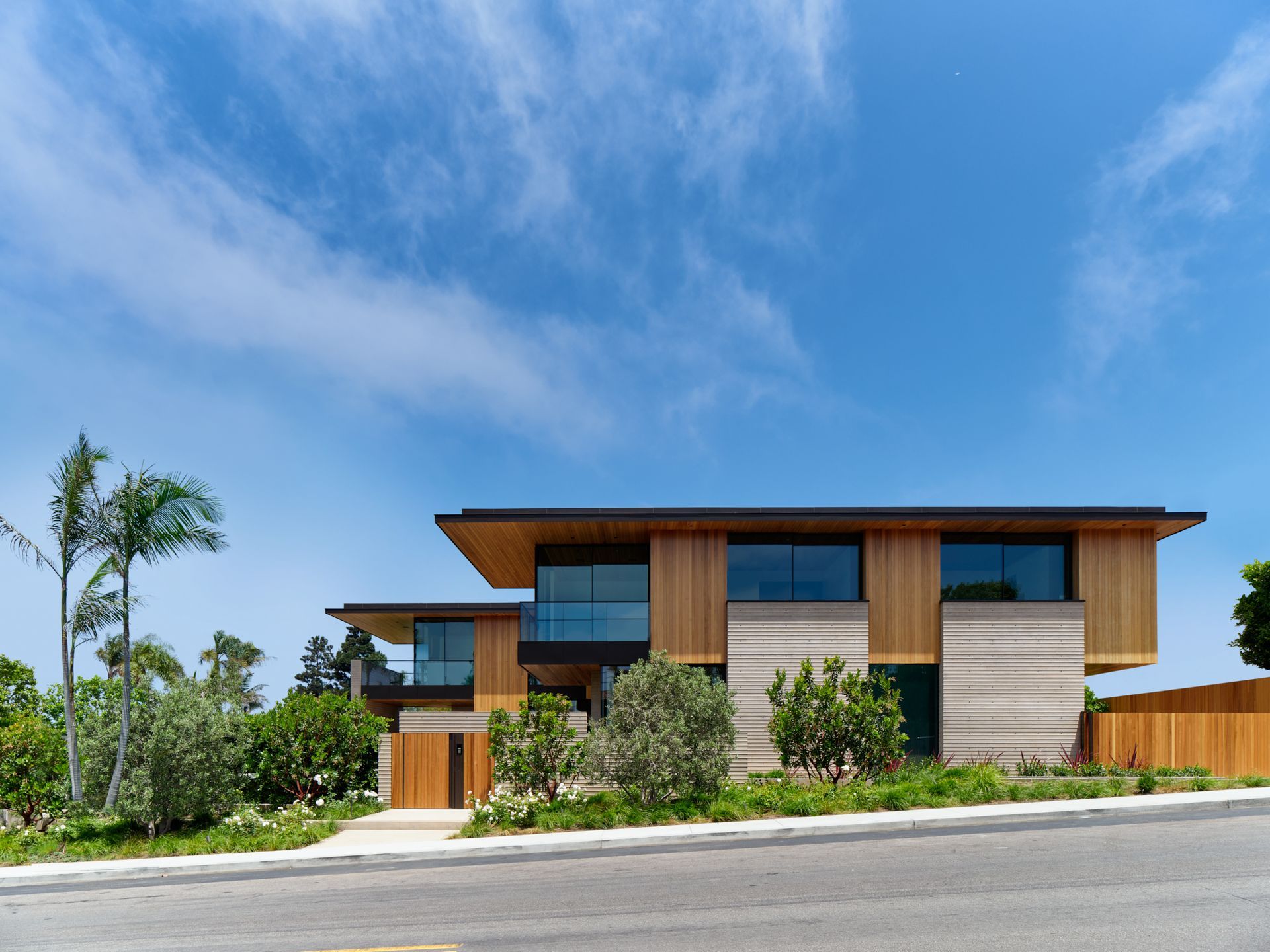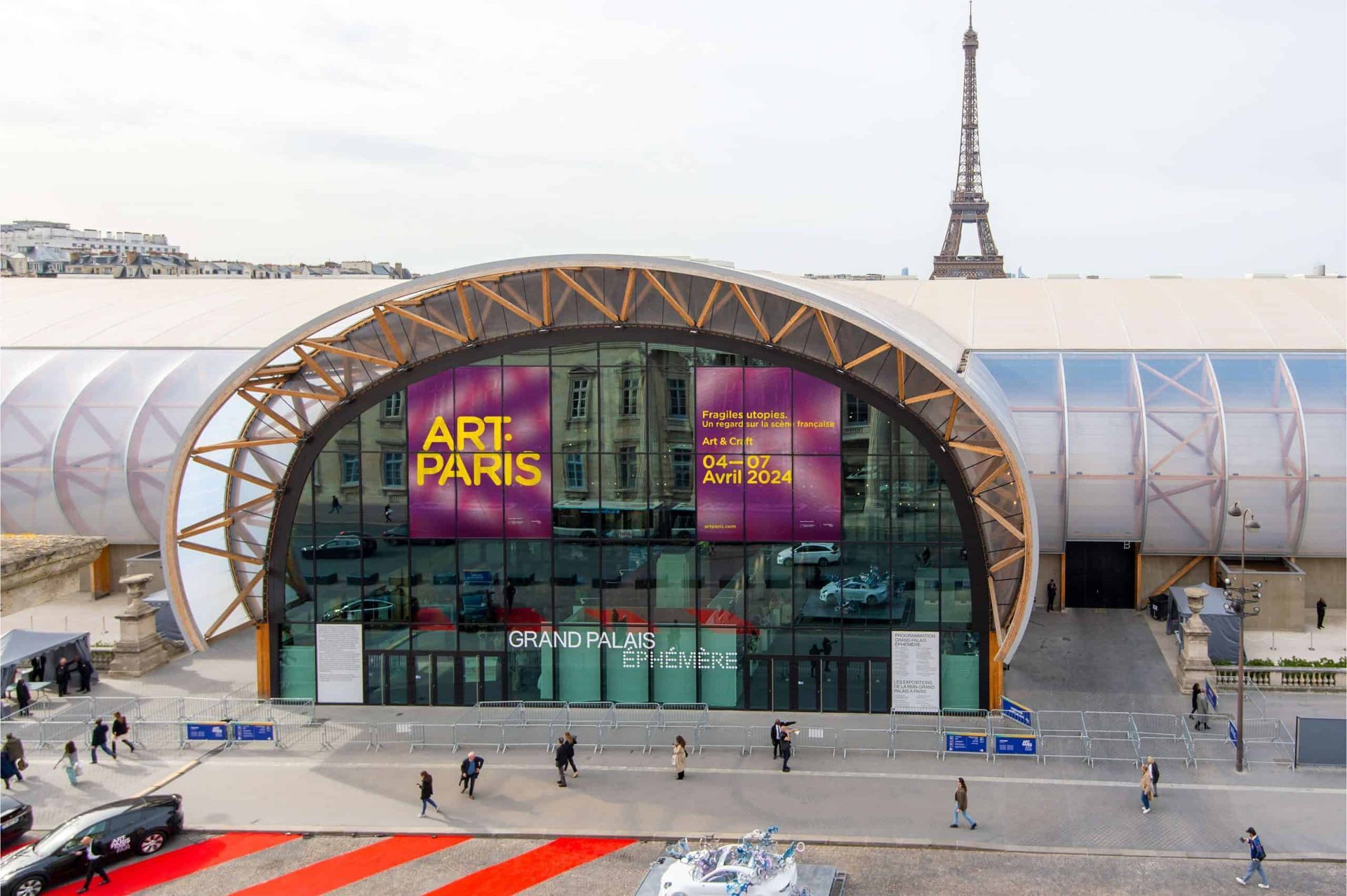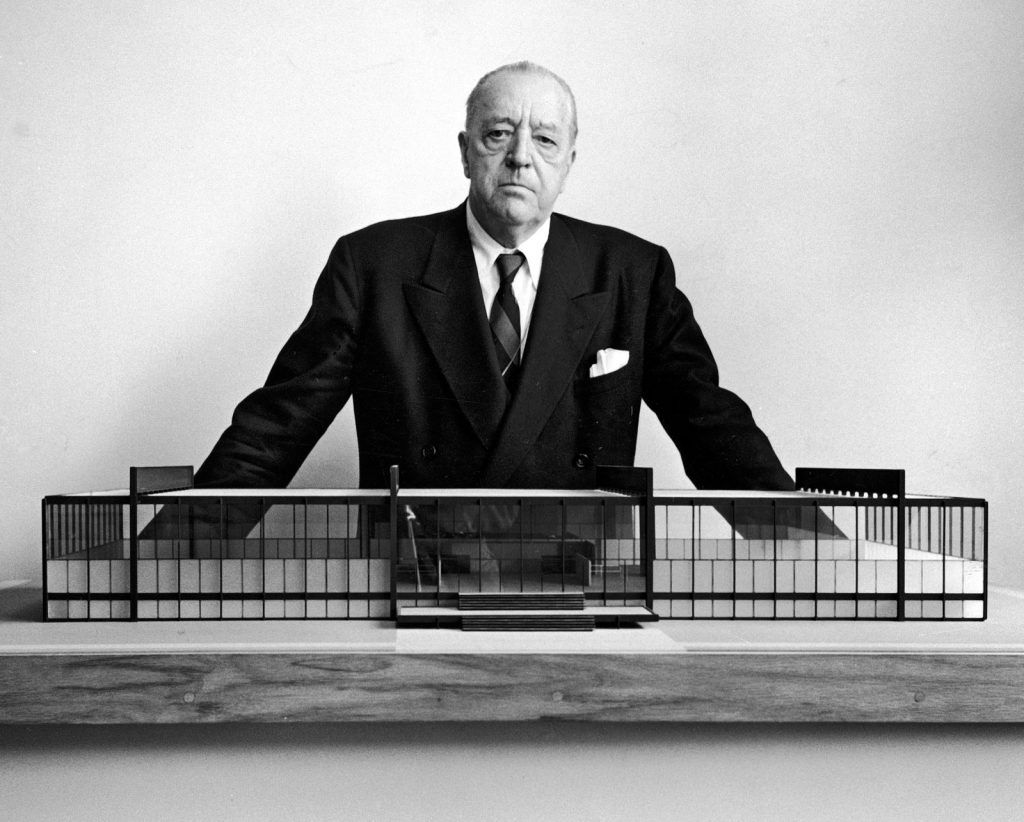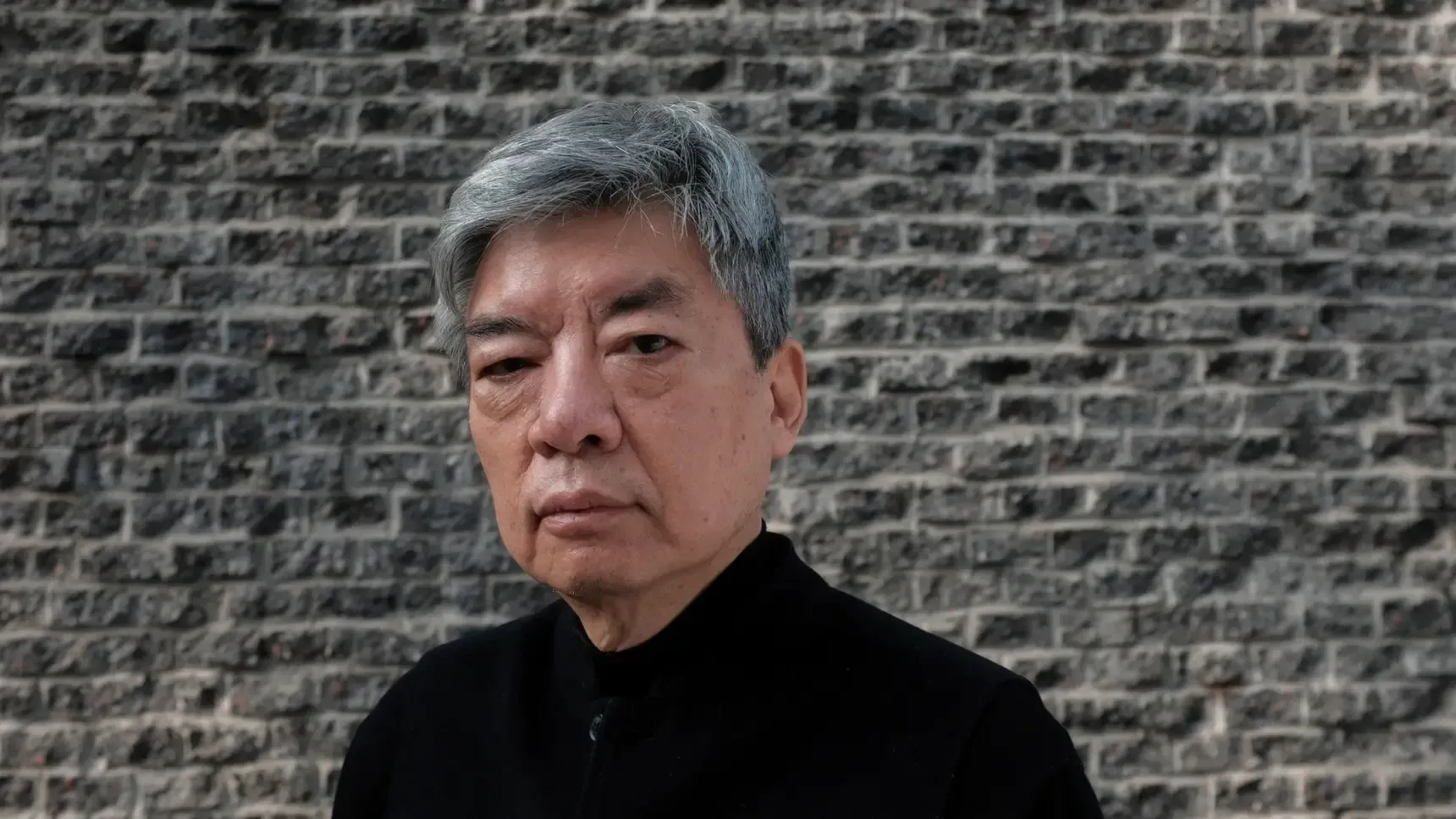Kengo Kuma Designs the Portugal Pavilion for Expo 2025 Osaka: A Salute to Oceanic Heritage and Sustainability
The Portugal Pavilion at Expo 2025 Osaka, crafted by Japanese architect Kengo Kuma, is a sophisticated homage to the ocean, intricately merging cultural heritage, sustainability principles, and cutting-edge architectural innovation. Aligning with the theme “Ocean, The Blue Dialogue,” the pavilion offers a multisensory experience that underscores the ocean's critical role as a life source and a keystone of sustainable development. The design reflects Portugal's extensive maritime legacy and emphasizes a commitment to global sustainability objectives, particularly those outlined in Sustainable Development Goals (SDG) 14 (Life Below Water) and SDG 7 (Affordable and Clean Energy).
Oceanic Economics and Ecological Foundations
At the core of the Pavilion's design philosophy is exploring the ocean’s dual role as both an economic driver and an essential ecological element. Portugal's involvement in Expo 2025 accentuates its dedication to sustainable practices, drawing from a maritime history that spans nearly five centuries, initiated by its exploration efforts with Japan. This historical continuum informs contemporary discussions on addressing urgent environmental issues.
Kengo Kuma's architectural approach encapsulates the essence of the ocean through a series of innovative design elements. Utilizing suspended ropes, recycled fishing nets, and responsive materials that interact dynamically with natural elements—such as sunlight and wind—the structure embodies the ocean's fluidity and vitality. These design choices reflect Portugal's proactive stance on sustainability and the principles of the circular economy. The Pavilion’s elevated, buoyant upper section and fluid forms create an immersive atmosphere, engendering a deep connection with the thematic representation of oceanic life.
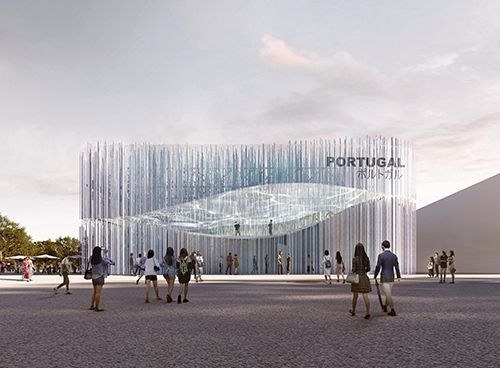
© AICEP, E.P.E. / Designed by Kengo Kuma & Associates
Bridging Historical Perspectives and Future Sustainability
The Pavilion's internal layout comprises two interlinked sections that guide visitors through Portugal's maritime history and sustainable future vision. The first section immerses attendees in the historical interplay between Portugal and the ocean, showcasing artifacts, artistic creations, and interactive installations illustrating Portugal's significant contributions to oceanic exploration.
Transitioning to the second section, the focus shifts to future challenges and solutions. This multimedia experience dives into environmental concerns, emphasizing sustainable practices and technological advancements harmonizing human activity with marine conservation efforts. It envisions a sustainable coexistence, exploring the intersection of innovation and ecological preservation.
OTIIMA’s Role in Architectural Expression
In this ambitious project, OTIIMA contributed minimalist windows harmoniously integrated with Kuma's organic architectural language. These meticulously crafted windows amplify the influx of natural light and enhance the Pavilion's overall sense of transparency and continuity. By fusing OTIIMA’s hallmark aesthetic of simplicity and elegance with Kuma's philosophy of ecological harmony, these elements become integral to the Pavilion's narrative of environmental consciousness and artistic vision.

© AICEP, E.P.E. / Designed by Kengo Kuma & Associates
A Forum for Innovation and Collaborative Exchange
The Pavilion is designed as a venue for cultural, economic, and scientific dialogues centering on Portugal's burgeoning blue economy, tourism, and cultural diplomacy. It features facilities like a Portuguese gourmet cuisine restaurant and a retail space highlighting national craftsmanship, enriching the visitor experience. Throughout Expo 2025, the Pavilion will catalyze discussions, reinforcing Portugal's position as a frontrunner in sustainable ocean management and avant-garde design.
Ultimately, the Portugal Pavilion at Expo 2025 in Osaka reflects the deep-rooted connection between Portugal and the ocean. Through Kengo Kuma’s innovative design, OTIIMA’s contributions, and Portugal's dedication to sustainable practices, the Pavilion stands as a symbol for future collaborative efforts to protect our oceans for future generations.

© AICEP, E.P.E. / Designed by Kengo Kuma & Associates

